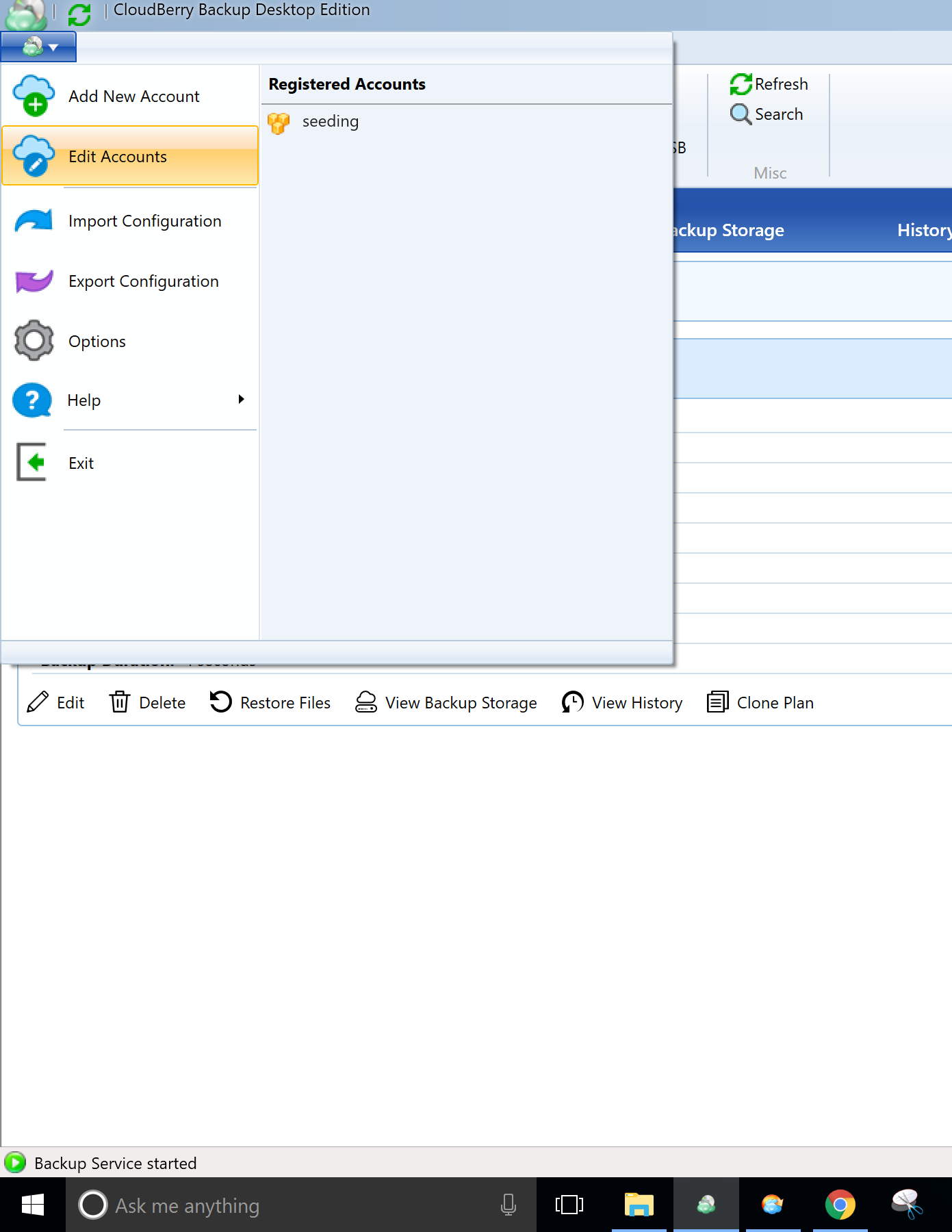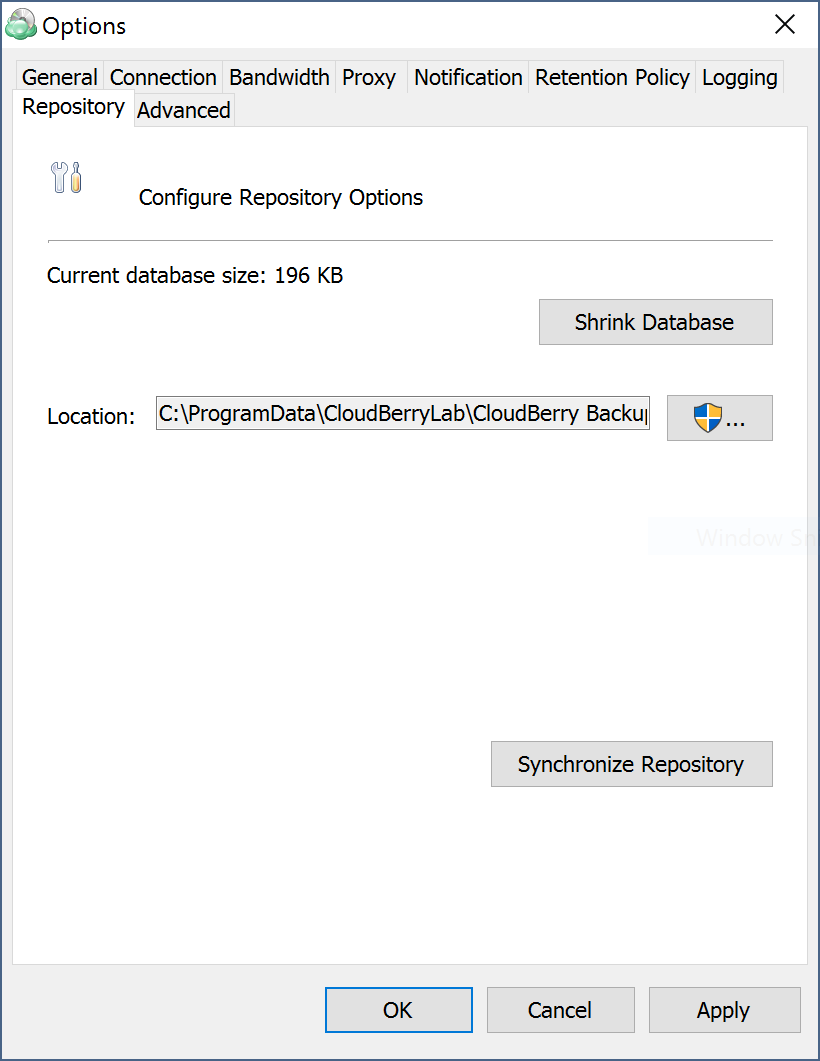Data Seeding Using MSP360 (CloudBerry) Backup part II
Situation
The initial full backup may pose a problem for users with slow or pricey internet connection. If you're working with large data volumes, slow or expensive internet connection, try seeding backup data from the different computer.
Since, MSP360 Backup stores files in a specific structure, you need additional steps to make. This article covers the second way to seed data from a faster computer.
Resolution
There is a workaround for this issue, however. You have two options:
Use “Custom Mode” when creating a backup plan. This is the easier option. That way you don’t need to get technical and tinker with buckets, repository syncs, changing prefixes, setting identical file structures on both computers, etc. Note that this option is fairly unsophisticated and does not allow you to use encryption. In summary, little effort and few options.
Use “Advanced Mode” when creating a backup plan. This option gives you greater flexibility when it comes to backup options, while requiring extra effort in setting things up properly on both machines. In summary, extra effort and extra options.
This article is only covering the second option. To learn more about the first option – read this article.
Without further ado, let’s get to the tutorial.
Let's talk about the "Advanced Mode" in detail. The main idea here is to ensure that both computers have identical settings. Namely, backup prefix, file structure, and cloud storage credentials.
First, ensure that file structure is the same on both machines. For instance, if the folder "Docs" is located at C:\Docs on the "slow PC", ensure that it is also located at C:\Docs on the "fast PC", so that both computers will upload into the same cloud folder.
Second, ensure that you have the same cloud credentials (security keys and the bucket) in the Account Settings.
Third, ensure that you have the same backup prefix on both machines by going to Edit Accounts.

Select your account and click Edit.

Then click Advanced settings.

Enter any prefix you want, just keep in mind that you have to enter the same prefix on both machines to have smooth and successful backups.

Now you need to copy your large files onto an external hard drive. In our example a folder named “Docs” was copied from the “slow PC” onto a USB flash drive. This folder contains all the large files that would take forever to upload on the “slow PC“.

Now open CloudBerry Backup on the “fast PC” and enter your Amazon credentials (security keys). Then create a backup plan as follows:
Launch the Backup Wizard and click Next.
Select your storage and click Next.
Pick a name for your backup plan and click Next.
Select Advanced Mode”. Click Next.

- Specify the folder you wish to upload. Click Next.

- Enable compression or encryption if necessary. Click Next.

- Continue setting up the plan. Upon finishing, select the Run now checkbox and then wait until the backup plan execution completes. Your data should now be successfully uploaded into the specified folder in the cloud storage.


Notice that we only have 7 files in the “Docs” folder. Now let’s get back to that very folder on the “Slow PC”, add a file to it and do the same process again. As you see on the screenshot below, 2 files were added (their names start with "NEW").

Launch CloudBerry Backup on the “slow PC” and create the exact same backup plan as you did on the “fast PC”. If you have enabled encryption – make sure that you use the same encryption type and the same passcode. Before you run the plan, ensure that all repositories are synced to avoid reuploading large files. To do so, go to MSP360 Options.

Under Repository, click Synchronize Repository, and then click Synchronize Now.

Then close the pop-up window and run the backup plan. All added files should appear in your cloud storage.

Likewise, whenever you modify any files within that folder, just run the backup plan and you’re good to go.
If you still have any questions regarding seeding data — feel free to contact us.